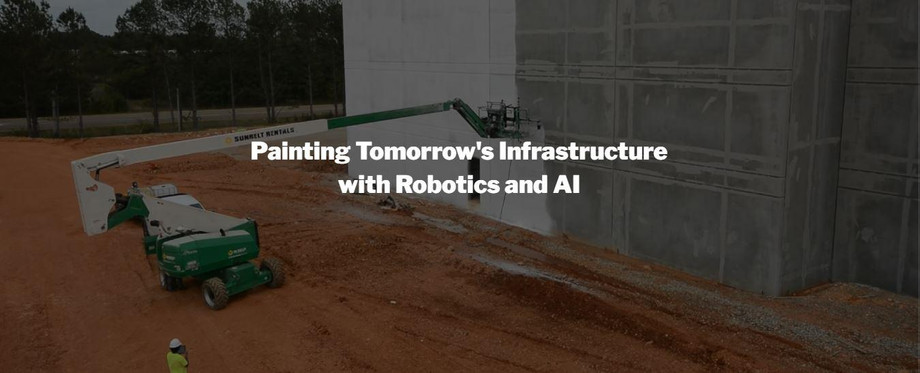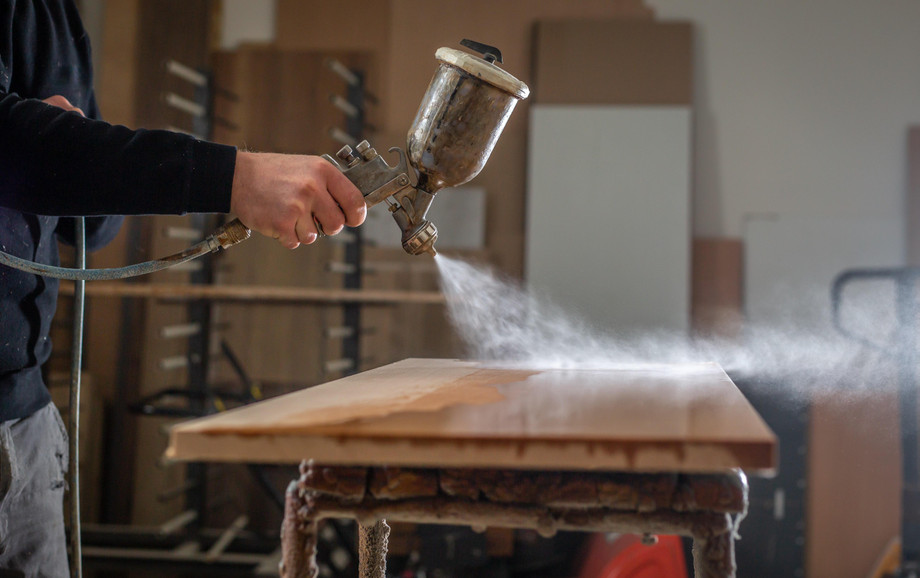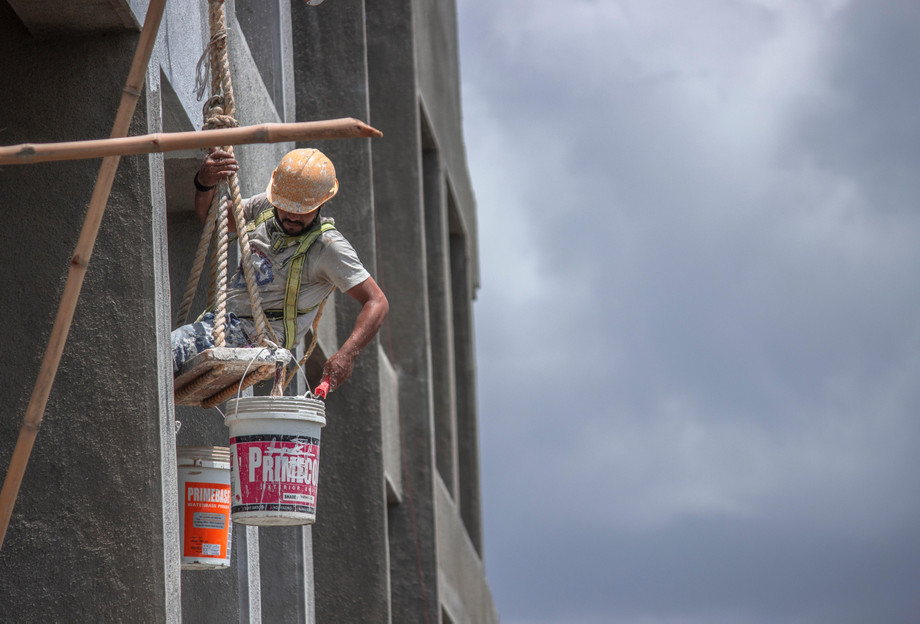How Paint Automation Solves Labor Shortage in the Industry
The advancement of technology has been solving several problems in different industries - the painting industry is no different. While technology is very helpful, many believe the misconception that automated or robotic painting machines can completely replace humans in the workplace.
Over the years, there has been a shortage in painters who can do their job well. Because of this paint contractors can only cater to a limited number of customers to avoid compromising the quality of the paint job. This issue is one of the reasons why those who work in the painting industry are continuously looking for solutions or alternatives to help painters to paint faster and better.
Here are some ways robotic painting systems help address the shortage in painters in the industry:
Increases productivity
Automation and robotics such as those offered by PaintJet can easily increase the productivity of painting contractors. While a painting robot can be programmed to perform specific painting jobs, it still requires human supervision or control. The misconception that robots replace humans to increase productivity is not entirely true. It increases productivity by requiring less people to handle the equipment to paint vast surfaces or structures.
Integrating automation with your current equipment allows painters to complete the jobs more efficiently and proceed to the next project. It will also free the time of other painters which allows contractors to give them other projects.
Makes the job easier
Robotic arms are slim, allowing them to reach spaces that are too tight for humans to reach. It also reduces the need to manhandle bulky and heavy equipment that needs painting as painting robotic machines can do the work without difficulty.
Wth painting robots human painters are also freed from having to check the quality of paint applied to each surface as well as other repetitive tasks. Painters can use this as an opportunity to learn other skills that will make their existing jobs and new responsibilities easier. For example, they can learn skills related to proper handling of equipment, as well as update their knowledge on new paint application processes.
Reduces mistakes and waste
Robotic painting systems use a combination of different technology to perform more accurate paint jobs. Robots often have sensors which allow them to apply paint evenly on every surface, making it possible for painters to commit less or no mistakes when doing certain painting jobs.
Since jobs are done more accurately, less resources are wasted to fix mistakes or errors. It may also lessen the cost spent since contractors won't need too much allowance for the materials that will be required to complete the job.
Decreases the risk of accidents or injuries
Painters whose main task is to paint and apply special coating to various equipment were exposed to harmful chemicals and elements such as carcinogens, iso-cyanides, and VOCs (Volatile Organic Compounds). Robots are also designed to work in the same environment to replace humans and move them to a safer work environment.
This technology also lessens the risk for painters who have to work on other dangerous work environments, especially high rises and vast structures/surfaces. While special equipment is put in place to lessen the risk of accidents and ensure the safety of workers, leaving this job to painting robots is a much safer option. depending on the size of your team, having an injured worker can significantly reduce your productivity.



